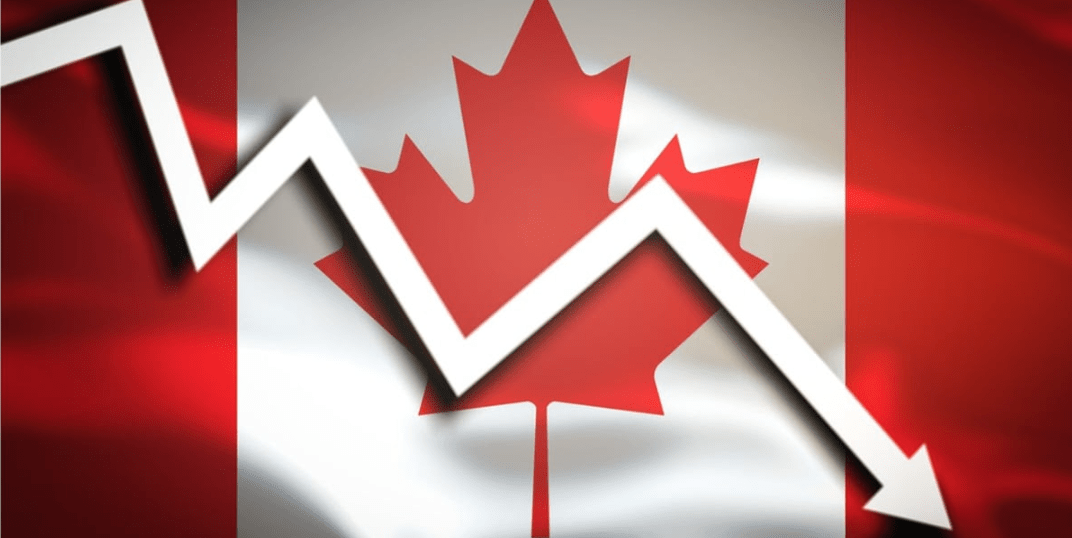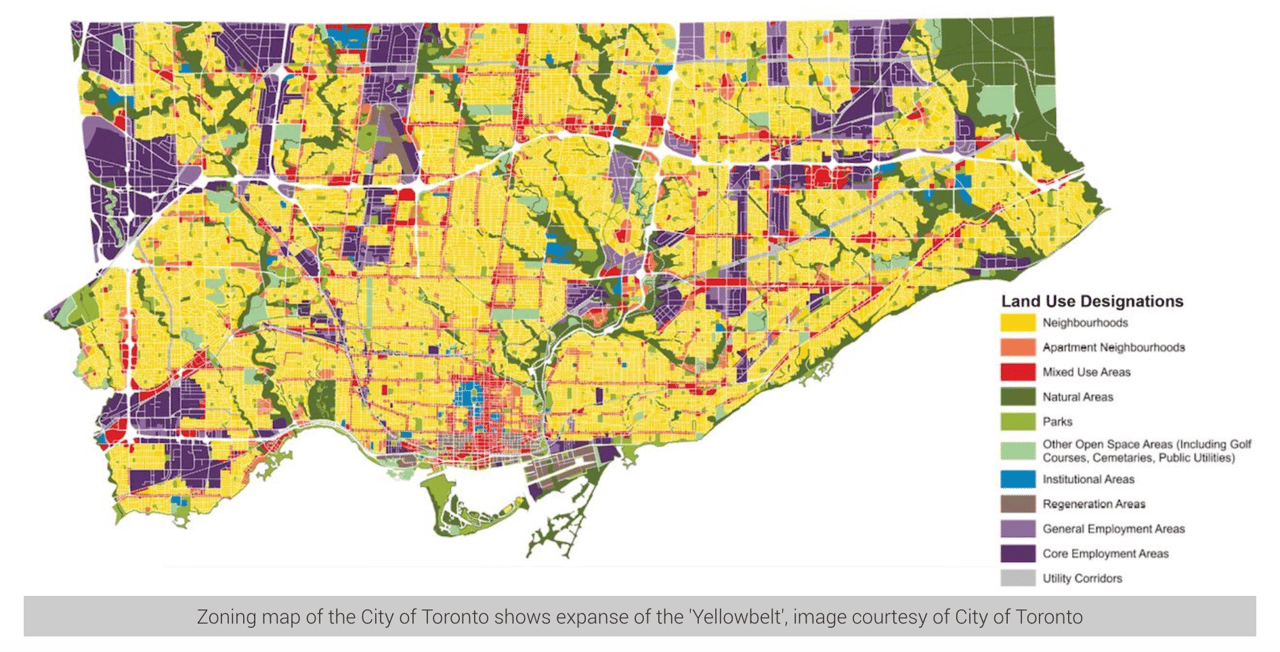The Bank of Canada (BoC) cut its policy rate by another 0.25% last Wednesday, lowering it to 4.5%.
That news brings welcome relief to Canadians with variable-rate mortgages and lines-of-credit because their rates will drop by the same amount.
The rate cut was expected, but the Bank’s decidedly dovish tone in its accompanying communications was not.
Until last week the Bank’s messaging had focused on sticky inflation pressures and the need to tough it out. But this time around its dovish tilt was so pronounced that you could almost hear those birds cooing in the background.
Here are my five key takeaways from the BoC’s policy statement, press conference, and Q2 Monetary Policy Report.
- The BoC sees plenty of weakness in the four areas it has focused on most closely.
The Bank has consistently highlighted four key areas when assessing its progress on returning inflation to its 2% target: the evolution of supply and demand, inflation and inflation expectations, wage growth, and corporate pricing. Here is what it said about each:
The evolution of supply and demand – “The economy’s potential output is still growing faster than GDP, which means excess supply has increased”. The BoC now forecasts that supply will outpace demand until 2026, and that is deflationary. The negative economic impacts from previous rate hikes are also becoming more pronounced: “Household spending has been soft. Pent-up demand for things like new cars and travel is fading. And many families are setting aside more of their income for debt payments, leaving less money for discretionary spending.”
Inflation and inflation expectations – The Bank observed that “broad inflationary pressures [have] continued to ease … the breadth of price increases across components of the CPI is near its historical average … [and] near-term inflation expectations have come down”. While it also noted that “shelter price inflation remains high”, that is primarily due to soaring mortgage interest costs which will be lowered with each additional policy-rate cut.
Wage growth – The Bank noted that our unemployment rate has now risen from 4.8% a year ago to 6.4% today. It observed that overall “wage growth is showing some signs of moderating but remains elevated”. That said, it assessed that “there are signs of slack in the labour market”, with “employment continuing to grow more slowly than the labour force and job seekers taking longer to find work”, that job vacancies are “down significantly”, and that “reports of labour shortages are now below normal”. Those trends portend a further moderation in wage growth ahead.
Corporate pricing – “Corporate pricing behaviour has largely normalized.”
- The BoC’s base case includes additional near-term rate cuts.
At the BoC’s press conference, Governor Macklem acknowledged that “if inflation continues to evolve broadly in line with our forecast it is reasonable to expect further cuts in our policy rate” with the usual caveat that “we’re not on a predetermined path”.
- The BoC’s base case includes some noteworthy (and encouraging) assumptions.
Governor Macklem clarified that while the Bank expects “inflation to moderate further … progress over the next year will likely be uneven”.
That means that the Bank will not abandon its rate cut trajectory if it sees what it determines to be only a temporary uptick in the CPI.
We’ll see if bond-market investors remember that guidance if inflation swings higher.
The BoC also expects residential investment to “grow robustly” over its forecast horizon. That prediction stands in contrast to its previous emphasis on concerns that cutting its policy rate too soon would fuel a resurgence in housing demand and reignite speculative real-estate investment.
The Bank also fired a shot across our federal government’s bow when discussing how rate cuts might help mitigate ongoing housing shortages. In her press conference comments, BoC Deputy Governor Carolyn Rogers cautioned that “it would be a mistake to pin all our hopes on our housing imbalance on interest rates. Canadians need a more fulsome, more coordinated policy response than that.” The clear implication was that, thus far, we haven’t been getting it.
- The BoC’s latest forecast still pins its hopes for growth on the same familiar sources.
The Bank noted that “the downside risks are taking on increased weight in our monetary policy deliberations … [and] we need growth to pick up so inflation does not fall too much”.
It forecasts a recovery in household spending “as borrowing costs ease”, but mortgage-rate resets will increase their bite and eat into other spending unless mortgage rates drop substantially from the current levels.
The BoC also continues to see stronger exports and increased business investment ahead, even though its forecasts for both have consistently overshot for about as long as I have been writing these posts.
This time around, its optimism around exports is hard to square with its own observation that US growth “has slowed significantly” and its projection that US GDP growth will average only about 2% over its three-year forecast horizon.
I’m also struggling to see where increased business investment will come from in the face of weakening consumer demand, increasingly unfavourable corporate tax policies, and rising uncertainty about our economy’s overall momentum.
In its recently released Business Outlook Survey (for Q2), the Bank noted that Canadian businesses remained “more pessimistic than average”, and that investment spending plans “remain below average” because of “weak demand, elevated interest rates, uncertainty about the business environment, and the high cost of machinery and equipment.”
- The bond futures market is now pricing in lower rates ahead.
Bond-market investors are now assigning about a 50% chance of another BoC rate cut at its next meeting on September 4th, and a total of two more cuts by the end of this year (which would lower the policy rate to 4%).
Now that the BoC has acknowledged that “downside risks are taking on increased weight in our monetary policy deliberations”, we should expect to see the bond market’s expectations of future rate cuts rachet higher if our economic data continue to disappoint.
The “bad news for the economy is good news for mortgage rates” era has returned.
Mortgage Selection Advice for Now
Last week I wrote that there was increased urgency for the BoC to reduce its policy rate to its neutral range of between 2.5% to 3%. The Bank’s emphasis on downside economic risks in its latest policy-rate communications bolsters that view.
Simply put, I continue to believe that today’s variable-rate mortgages will likely prove cheaper than today’s fixed-rate options. (Caveat: this is my carefully considered position, but there are myriad factors that determine the direction of mortgage rates, and I don’t have a crystal ball. Buyer beware.)
I think more conservative borrowers are still well advised to consider three-year fixed-rate terms. The premiums required for one- and two-year fixed rates remain substantial, and while five-year fixed rates are still the lowest on offer, I worry that five years may be too long to be locking in when rates are still near their recent peak.
If you are leaning towards a fixed rate, pay extra attention to the terms and conditions in your mortgage contract. They vary widely among lenders and can have a surprising impact on the overall cost of your loan, especially if rates drop significantly during your term.
If you want to learn more about this topic, my post entitled What’s in the Fine Print is a good place to start. It provides a detailed summary of the terms and conditions to watch out for and links to other posts that dive deeper into the most important ones.
The Bottom Line: Government of Canada (GoC) bond yields only dropped by a little following the BoC’s policy-rate meeting because bond-market investors had already priced in the cut. For that reason, I think the post-meeting drop in yields was primarily a reaction to the surprisingly dovish tone in the BoC’s accompanying communications.
GoC bond yields have fallen steadily this month, and another round of fixed mortgage rate decreases is now underway.
Variable-rate borrowers will see the BoC’s 0.25% cut reflected in their rates in short order. The Bank’s latest commentary increases my confidence that more cuts will soon be on the way.
David is an independent full-time mortgage broker and industry insider who works with Canadian borrowers from coast to coast. David's posts on his blog, Integrated Mortgage Planners/blog.


The Bank of Canada Cuts and Coos
- David Larock
- 07/30/24


















































































